ON THE TRAIL. Our friend Jerry Adams is about to cross the 500-mile mark in his 2,200-mile summer hike on the Appalachian Trail. We’ll bring you an update soon, but you can keep up with his trek via Facebook. Above is an image he posted from (we believe) Virginia. Beautiful. Keep it up, Jerry.
IN THIS EDITION FOCUS: Photo memories from the 1960s
FOCUS: Photo memories from the 1960s
COMMENTARY, Brack: Not hard to connect the dots on CHE finalist
IN THE SPOTLIGHT: Morris Financial Concepts, Inc.
PALMETTO POEM: four eyes
GOOD NEWS: Hollings Cancer Center wins renewal as national Cancer Center
FEEDBACK: Two years for a new pier?
MYSTERY PHOTO: Interesting roofscape
S.C. ENCYCLOPEDIA: Education in South Carolina
CALENDAR: From a luncheon to a play and lots of suds
FOCUSFOCUS: Photo memories from the 1960s
By Chuck Boyd, special to Charleston Currents | In 1964, I had a picture pending to be on the full MISCELLANY page in LIFE Magazine, but I could not identify where it was taken!
I was in a helicopter, returning inland after taking photos of surfers for my newspaper, the San Diego Union-Tribune. I was a staff photographer for the paper, lugging a bulky 4×5 Speed Graphic camera.
I quickly managed to grab two shots as we passed over an apple orchard with the word “QUIET” plowed in the field in huge letters.
Back at the paper, the editor passed on using it, but when I sent a copy to LIFE magazine, the editors immediately called to say they needed a caption with the facts! We photographers at the paper had submitted shots before and always received a polite stock rejection slip… but this time, they phoned me.
I hopped in my car and drove around madly where I thought the field might be in the countryside, but it could only be seen from the air. So I was forced to pay $90 to rent a fixed-wing plane and fly around. I quickly spotted it. I noted landmarks, landed and drove to the orchard’s main house.
The man who answered the door was surprised anyone knew about the message he had plowed! I explained how I had captured the image. He gave me the needed background and I phoned the details to LIFE. The magazine wrote a breezy caption, I got a photo credit, a check for $300 and some great “bragging rights!”
(Recently I went online to see what that $300 would be in today’s dollars and found it would be more than $2,200!)
Here are some more of my photo memories. In 1965, I covered the Beatle’s morning press conference when they played in San Diego.
-
- Photographer Chuck Boyd lives in Hanahan.
- Have a comment? Send to: editor@charlestoncurrents.com
BRACK: Not hard to connect the dots on CHE finalist
By Andy Brack, editor and publisher | An ultra-conservative culture warrior is not the right person to lead the state Commission on Higher Education (CHE).
 But hey, this is red South Carolina where some folks apparently think that a past editor of a neo-Confederate journal who got a Ph.D. in government and international studies is a good choice to be a finalist to lead the state agency with oversight for new college programs.
But hey, this is red South Carolina where some folks apparently think that a past editor of a neo-Confederate journal who got a Ph.D. in government and international studies is a good choice to be a finalist to lead the state agency with oversight for new college programs.
Hmmm. Wonder if this means someone wants more God in public liberal arts education?
The state Commission on Higher Education, which has oversight of new buildings and programs, got in hot water last year after state lawmakers learned the agency’s president and executive director got a raise of almost $91,500 to $257,767 a year. Lawmakers squawked. The president and the agency’s board chairman eventually stepped down.
That led CHE to post a vacancy on its website. Five dozen people applied and, according to media reports, six semi-finalists were interviewed. Three became finalists, including an assistant commissioner of a similar agency in another state and a higher education lawyer with 20 years of experience in education law and ties to the Palmetto State.
The third finalist is Leesville’s Oran P. Smith, a poster boy for the Christian right who reportedly is the favored choice of GOP Gov. Henry McMaster. Guess who appoints members of the commission, with input from the legislature? The governor.
Smith’s past job of editing Southern Partisan magazine from 1989 to 1999 came to light in recent media reports. But it’s not listed in his 22-page job application that includes a curriculum vitae with four pages of his books, book chapters, publications, presentations, speeches and interviews.
Rather, he says he spent 1988 to 1999 as a vice president of Richard Quinn and Associates, a primarily Republican Columbia political consulting firm with clients that have included McMaster and state Attorney General Alan Wilson. The namesake, Richard Quinn Sr., is a GOP kingmaker who was indicted last month on 11 counts of perjury and one count of obstruction of justice as part of a Statehouse corruption probe.
Smith, who has served on the board of trustees of Coastal Carolina University since 1993, also did not list articles like this in his application package: “Rules are rules: How immorality is expensive” (2018) and “South Carolina schools are not underfunded” (2019). But he did list works on conservative Christians, fundamentalism, higher education reform, the Confederate flag, the Common Core curriculum, the teaching of character and “the sanctity of human life.”
As a president and CEO of the Palmetto Family Council from 2002 to 2018, he worked on “defending and strengthening families in South Carolina” by advocating vigorously against abortion, for marriage, for religious liberty, for vouchers, for charter schools, for evolution and for abstinence education. The organization, now called Palmetto Family, also pushed for graduation credit for off-campus Bible study.
Then in 2013, he and former GOP U.S. Sen. and Heritage Foundation president Jim DeMint co-founded the Palmetto Promise Institute. He currently is serving as its senior fellow ($120,000 a year) in what is a more sophisticated effort of “using high-end graphic design and direct personal interaction with state leaders” to push conservative reform.
Get the picture? Smith, who by all reports is a nice guy, is a proud conservative zealot who wants to put more of what South Carolina once was back into the public sphere. But that’s not what the Commission on Higher Education needs today.
Let’s hope Smith continues to inject ideas into the public forum, but as a think tank guy, not head of a state agency. Board members of the Commission on Higher Education should reject his application because there’s one place where narrow ideas aren’t needed – the very place that oversees colleges and universities and the big ideas that emanate from them.
If the board can’t find a good candidate among the other two finalists, it should hire a professional search firm and start over. Our students deserve that.
- Andy Brack’s new book, “We Can Do Better, South Carolina,” is now available for $14.99 in paperback via Amazon.
- Have a comment? Send to: editor@charlestoncurrents.com
SPOTLIGHT: Morris Financial Concepts, Inc.
 The public spiritedness of our sponsors allows us to bring Charleston Currents to you at no cost to readers. Morris Financial Concepts, Inc., is a nationally recognized, fee-only financial consulting firm that helps you identify and align your resources, values and goals to achieve an enriched life.
The public spiritedness of our sponsors allows us to bring Charleston Currents to you at no cost to readers. Morris Financial Concepts, Inc., is a nationally recognized, fee-only financial consulting firm that helps you identify and align your resources, values and goals to achieve an enriched life.
We do not accept commissions or compensation related to the products and service we recommend. Our counsel is based solely on what we believe is best for each client.
- Learn about founder and Charleston Currentscolumnist Kyra Morris and more about the consultancy at: Morris Financial Concepts, Inc.
- To meet all of our underwriters, click here.
Four eyes
By Molly Braedon McConnell, special to Charleston Currents
sometimes i take off my glasses throw away the contact lenses in my cabinet and i blur my eyes on purpose cross them play double-dutch with my pupils the lack of focus makes things better i can’t explain it how those little moments in between it all make everything soft like living room drapes in old movies or fog hanging low enough to comb your hand straight through or twine smaller than your fingernail everything undoes itself frays, in a sense in a good way, though sharp edges are paper-smooth on the skin fences don’t come to points at the top instead they just keep growing up and up and up out into periphery
sometimes i despise my glasses my shortcomings perched at the bridge of my nose bent by glass small enough to crack in my palm but sometimes i can’t help but long for it that perfect twenty i’d imagine i’d lay down no glasses to take off no contact lenses to trash and i’d find my eyes stuck together locked in this perpetual clear suddenly everyone becomes a flashlight stars now headlights in oncoming traffic my fingerprints, microscopic highways and everything starts to tangle up in itself everything becomes an afterimage a seeing eye poster you know exactly what you’re looking at but you know you’re not Seeing
Molly Braedon McConnell is a senior attending Charleston County School of the Arts as a creative writing major. They won first prize in the Martin Luther King Jr. Speak-Out Poetry Slam and have been recognized both regionally and nationally by the Scholastic Art & Writing Awards. Their debut collection of creative non-fiction and poetry, Portrait of the Fowl, released earlier this spring.
(Thanks to poetry editor Marjory Wentworth for sending along Molly’s poem.)
- Have a comment? Send to: editor@charlestoncurrents.com
Hollings Cancer Center wins renewal as national Cancer Center
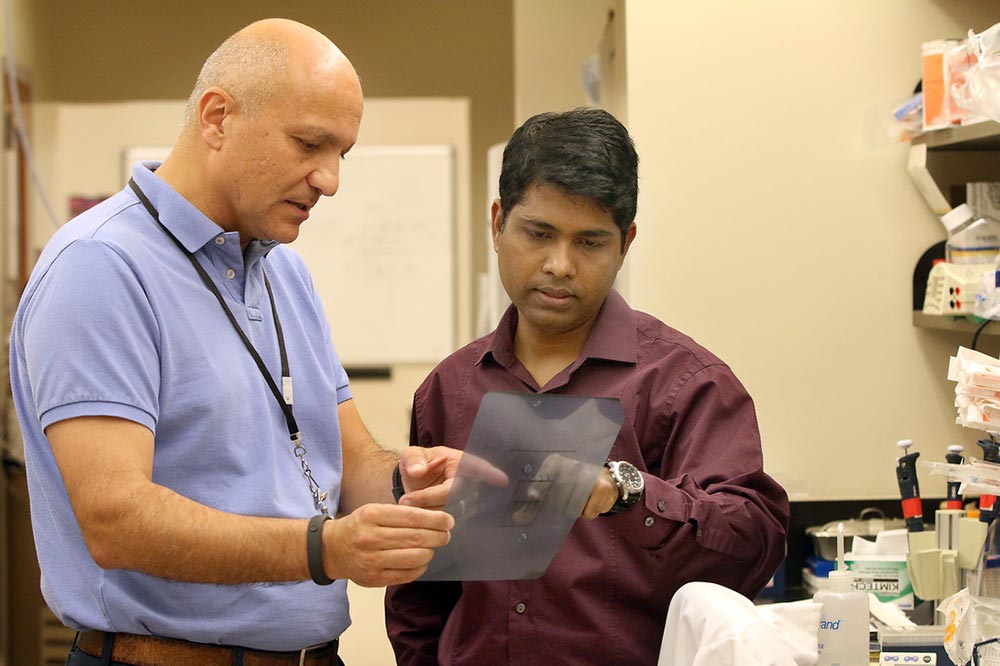
Dr. Besim Ogretmen, Hollings Cancer Center researcher, left, and Dr. Shanmugam Selvam discuss their work at the Hollings Cancer Center, home to more than 70 research labs and 400 researchers. MUSC photo by Sarah Pack
Staff reports | The Hollings Cancer Center of the Medical University of South Carolina (MUSC) recently won renewal of its designation as a National Cancer Institute (NCI) Cancer Center.
“MUSC is proud to have the only NCI-designated cancer center in South Carolina,” MUSC President David J. Cole said in a press release. “This renewal validates the significant, ongoing and dedicated effort by Hollings Cancer Center scientists toward advances in cancer prevention, diagnoses and treatment, with the ultimate goal of finding cancer cures.”
NCI-Designated Cancer Centers represent the top 4 percent of cancer centers in the United States. With this five-year renewal, Hollings is one of only 70 cancer centers in the U.S. with this prestigious status and the only such institution in South Carolina. The renewal is accompanied by $10,781,505 in funding to sustain and grow research efforts at Hollings Cancer Center.
Recent accomplishments include:
- 392 cancer-related research studies involving 3,522 people between 2014 and 2017
- A mobile health van used for cancer screening and education in 27 counties. It has served more than 7,000 women in five years.
- 42 clinical trials between 2013 and 2017.
- More than $40 million in peer-reviewed, extramural research project awards. Learn more.
In recent Good News:
![]() Big gift. An anonymous donor gave $150,000 to the College of Charleston’s Race and Social Justice Initiative. The donation will “fundamentally transform the initiative’s impact in Charleston and beyond,” the college said in a press release. The new support will help the program to facilitate “public events, exhibitions and various projects to promote awareness of the history and ongoing struggles of racial injustice in Charleston, the state of South Carolina and across the United States.”
Big gift. An anonymous donor gave $150,000 to the College of Charleston’s Race and Social Justice Initiative. The donation will “fundamentally transform the initiative’s impact in Charleston and beyond,” the college said in a press release. The new support will help the program to facilitate “public events, exhibitions and various projects to promote awareness of the history and ongoing struggles of racial injustice in Charleston, the state of South Carolina and across the United States.”
Busy at the port. The S.C. Ports Authority (SCPA_ this month reported 10.4 percent fiscal year-to-date container volume growth, with nearly 2 million twenty-foot equivalent container units (TEUs) handled since July. The ports authority moved 204,621 TEUs across the Wando Welch and North Charleston container terminals last month, a 4.2 percent increase compared to April 2018 volumes. “Our continued growth is testament to the commitment and skills of our employees and maritime community, and we look forward to a very positive FY2019 finish in June,” said Jim Newsome, SCPA president and CEO.
Legal eagles. Hat off to the 157 May graduates of the Charleston School of Law, the largest class that the school has had in six years.
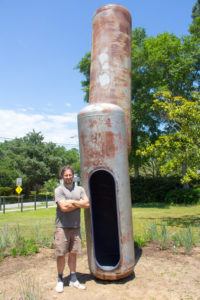 Temporary sculpture. The Charleston Parks Conservancy is bringing public sculpture to the West Ashley Greenway with a temporary art installation by Georgia artist Mike Wsol. The piece was installed May 8 near the St. Andrew’s School of Math and Science between Campbell Drive and the West Ashley Greenway. Titled “Under Glass,” Wsol said the sculpture was “designed with the natural sciences and spirituality in mind. Its form divided in two chambers separates the viewer below from the natural light entering and reflecting within the upper chamber.
Temporary sculpture. The Charleston Parks Conservancy is bringing public sculpture to the West Ashley Greenway with a temporary art installation by Georgia artist Mike Wsol. The piece was installed May 8 near the St. Andrew’s School of Math and Science between Campbell Drive and the West Ashley Greenway. Titled “Under Glass,” Wsol said the sculpture was “designed with the natural sciences and spirituality in mind. Its form divided in two chambers separates the viewer below from the natural light entering and reflecting within the upper chamber.
New name. The Charleston County Park and Recreation Commission (CCPRC)’s non-profit arm, The Parklands Foundation, recently took on a new name. Now known as the Charleston County Parks Foundation, the organization will also be using a new website, CharlestonCountyParksFoundation.org. The goal of the name change is to identify the foundation as being run by CCPRC. Donations will subsidize access to the parks, programs and services that CPRC provides to the community. The executive director of The Charleston County Parks Foundation is CCPRC Executive Director David Bennett.
Year of the Environment. Sister publication correspondent Lindsay Street outlines how the 2019 legislative session became the “year of the environment” with wins on solar energy and growing resistance to offshore oil drilling and the idea of banning local bans on plastic bags. Learn more about this interesting legislative year in the recent issue of Statehouse Report.
FEEDBACKTwo years for a new pier?
To the editor:
![]() I have no engineering skills but wonder about it taking almost two years to build a new fishing pier? How long did it take to build the existing one? I assume there have been many advances in such construction since then.
I have no engineering skills but wonder about it taking almost two years to build a new fishing pier? How long did it take to build the existing one? I assume there have been many advances in such construction since then.
Or, can’t the new one be built alongside/adjacent to the existing one so the public does not have to suffer “pier pressure?” Just a Folly Beach fan who likes to walk out on the pier without an 18-24 months interruption.
— Chuck Boyd, Hanahan, S.C.
Send us your thoughts
We’d love to get your impact in one or more ways:
Send us a letter: We love hearing from readers. Comments are limited to 250 words or less. Please include your name and contact information. Send your letters to: editor@charlestoncurrents.com. | Read our feedback policy.
Tell us what you love about the Lowcountry. Send a short comment – 100 words to 150 words – that describes something you really enjoy about the Lowcountry. It can be big or small. It can be a place, a thing or something you see. It might the bakery where you get a morning croissant or a business or government entity doing a good job. We’ll highlight your entry in a coming issue of Charleston Currents. We look forward to hearing from you.
MYSTERYInteresting roofscape
My, my, this certainly is an interesting roofscape with hints of, perhaps, Turkey and France. But where is it specifically (more than just the town)? Try to identify where or what it is in this community. Send your guess to editor@charlestoncurrents.com. And don’t forget to include your name and the town in which you live.
Our previous Mystery Photo
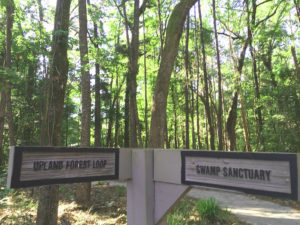 Our May 6 mystery, “Swampy clue,” generated interesting guesses, such as Beidler Forest or Cypress Gardens. Bud Ferillo of Columbia joked that the swamp was the Statehouse in Columbia.
Our May 6 mystery, “Swampy clue,” generated interesting guesses, such as Beidler Forest or Cypress Gardens. Bud Ferillo of Columbia joked that the swamp was the Statehouse in Columbia.
Hats off to several alert readers who correctly identified the location as Caw Caw Interpretive Center in Ravenel in Charleston County: Jay Altman of Columbia; George Graf of Palmyra, Va.; Chris Tweedy of Mount Pleasant; and Marnie Huger of Richmond, Va.
We also heard from Kristina Wheeler of West Ashley, who works at the park: “We had 50 species of birds on our Early Morning Bird Walk this morning and we walked right by this sign, while listening to several warblers and painted buntings singing.”
Graf provided some context:
According to chicagotribune.com, “Caw Caw Swamp, up the Ashley River 20 miles north of Charleston, is a dank place overgrown with cypress trees and sweet grass. Slave transplants from the rice-growing region behind the barrier islands of Sierra Leone and the other West African lands would have found it similar to home.
“In 2000, what remained of a 5,500-acre rice plantation on the swamp was made into a county-run interpretive park. It probably was no accident that West Africans were captured to work the rice plantations that drove Charleston’s economy. The men would have known when to plant rice crops and how to harness the water that drowned the land with every tide. The women would have known how to use winnowing baskets and mortars and pestles to get every last indigestible bit of hull off a rice grain.
“It’s hard to prove the Africans came here with all this knowledge of how to grow rice in their heads,” says Shawn Halifax, the county’s interpretive coordinator, but it makes sense that plantation owners went looking for slaves with the know-how they needed. “And, as it happens, if you go to Africa, you find they were cultivating rice exactly the same way there that they were here,” Halifax says.”
- Send us a mystery: If you have a photo that you believe will stump readers, send it along (but make sure to tell us what it is because it may stump us too!) Send it along to editor@charlestoncurrents.com.
HISTORY: Education in South Carolina
S.C. Encyclopedia, part 2 of 4 | The central change to South Carolina society resulting from the Civil War was the abolition of slavery. As federal troops occupied the Sea Islands, and later the entire state, teachers sponsored by northern philanthropic and missionary societies followed, establishing schools for former slaves. Notable among these were the Penn School on St. Helena Island and the Avery Institute in Charleston. Enthusiasm among freedmen for education was high.
The constitution of 1868, shaped by Republicans during Radical Reconstruction, made the legislature responsible for “a uniform system of public schools.” Reflective of the concerns of the newly enfranchised freedmen, these schools were to be “open to all the children and the youths of the State, without regard to race and color.” Most whites interpreted the attempt to offer free, public education to all as the imposition of a plan for social and racial equality. Schools were quickly segregated, the legislature was slow to provide funds, and mismanagement and fraud undermined the system. By 1877 there were 2,552 schoolhouses in the state, but more than half were made of logs and only twenty-nine of brick. The vast majority were one-room, nongraded schools providing only elementary education and with an average school term of just four months. The limited impact of this system is suggested by high illiteracy rates. In 1880 twenty-two percent of whites and more than seventy-eight percent of blacks in South Carolina were completely illiterate.
The school system remained in poor shape as Reconstruction ended in South Carolina and the political system was reclaimed by conservative Democrats. The dominant philosophy was characterized by extreme fiscal conservatism along with the belief that education remained primarily a private matter and that laboring whites and, especially blacks, needed little schooling. The constitution of 1895, designed to disfranchise blacks, prescribed a dual school system. Nonetheless, there were positive developments. Attention was paid to teacher training, and the Winthrop Training School for Teachers was opened in Columbia in 1887 and then relocated to Rock Hill. In 1901 a systematic course of study was developed by the State Department of Education. In 1907 the General Assembly allowed larger districts to establish high schools. By the early twentieth century, state efforts were supplemented by those of philanthropic organizations, with some efforts being directed specifically at education for blacks, including the Rosenwald Fund (for school buildings), the Slater Fund (for industrial education), and the provision of Jeanes Teachers for rural, black schools.
Despite some progress, underfunding and inequity continued to characterize the state system as a whole. In urban areas reformers focused on improving schools as a basis for economic growth. Columbia built several new schools, and Spartanburg County had perhaps the best-funded system in the state. A compulsory attendance law was passed in 1919, and the State Department of Education began teacher certification in 1920. As mill villages grew, schools were provided with a mix of public and private funds. But in 1920 South Carolina had the lowest expenditure per pupil in the nation. The school year ranged from 180 days in some localities to only 90 in others. White schools received funding at much higher rates than black schools. When Dillon County raised its taxes to provide better schools, the distribution per pupil for whites was twelve times greater than for blacks. By 1927 there were 279 high schools for whites but only 10 for blacks. In an attempt to address some of these inequities, at least for white students, the General Assembly passed the “6–0–1” law in 1924, providing teacher salaries for six months if the local district would pick up the seventh and abide by certain state regulations and minimum standards.
— Excerpted from an entry by Deborah M. Switzer and Robert P. Green Jr. This entry may not have been updated since 2006. To read more about this or 2,000 other entries about South Carolina, check out The South Carolina Encyclopedia, published in 2006 by USC Press. (Information used by permission.)
ON THE CALENDARCALENDAR: From a luncheon to a play and lots of suds
![]() Gergel luncheon: Noon, May 17, Halls Signature Events, 5 Faber St., Charleston. U.S. District Judge Richard Gergel will discuss his new book, “Unexampled Courage: The Blinding of Sgt. Isaac Woodard and the Awakening of President Harry S. Truman and Judge J. Waties Waring” during this luncheon. The three-course luncheon, part of the Blue Bicycle Books author series, costs $32, but add another $32 for a signed copy of the book. Learn more.
Gergel luncheon: Noon, May 17, Halls Signature Events, 5 Faber St., Charleston. U.S. District Judge Richard Gergel will discuss his new book, “Unexampled Courage: The Blinding of Sgt. Isaac Woodard and the Awakening of President Harry S. Truman and Judge J. Waties Waring” during this luncheon. The three-course luncheon, part of the Blue Bicycle Books author series, costs $32, but add another $32 for a signed copy of the book. Learn more.
The Agitators: Through May 18, PURE Theatre, Cannon Street Arts Center, Charleston. The play tells the long but sometimes tempestuous friendship of Susan B. Anthony and Frederick Douglass. Tickets are $10 to $35. Performance times and more: PURETheatre.org.
Charleston Beer Fest: Noon to 7 p.m., May 18, Riverfront Park, North Charleston. A dozen musical acts are scheduled to perform on two stages during an afternoon of music and beer featuring more than 40 breweries from the Carolinas. They’ll have upwards of 80 craft brews on tap during the 8th festival. Tickets are $25 each. More: ChsBeerFest.org.
Piccolo Spoleto: May 24 to June 9, all over Charleston. There’s more than 500 events during the city’s 17-day companion festival to Spoleto Festival USA. Check out our earlier coverage, which has lots of ideas and links for just the right thing for you to do. Still stymied? Find a free day on your calendar and check out the Piccolo calendar for something that’s on. Be spontaneous. You’ll have a great time. More.
May book sale: May 24 and May 25, Cynthia Graham Hurd/St. Andrews Library, 1735 N. Woodmere Dr., Charleston. The Charleston Friends of the Library will hold its annual West Ashley book sale with thousands of great books and other items at low prices. The event supports programming at the library. More.
Tea Rooms: Here’s a list of tea rooms that will be in full swing during Spoleto season:
Second Presbyterian Church: 11 a.m. to 2 p.m. May 24-26, Fellowship Hall. Lunch, cake and tea. 324 Meeting St., Charleston.
Grace Church Cathedral: 11:30 a.m. to 2 p.m. May 27 to June 8 (except June 2). Lunch and a gift shop. See menu here. 98 Wentworth St., Charleston.
Reggae Nights: Gates open at 7:30 p.m. for 8 p.m. show, June 7, James Island County Park, James Island. The first Reggae Nights concert will feature Signal Fire, a North Carolina-based band that blends reggae and rock. Other bands that will pay in the summer concert series include Mighty Joshua and Zion 5 (June 28), Well Charged (July 19) and Mystic Vibrations (Aug. 2). Tickets are $10 per person. More.
Events at the Gaillard. Check out these awesome coming events at the Charleston Gaillard Center, 95 Calhoun St., Charleston:
Songs of America: Jon Meacham and Tim McGraw: 7:30 p.m., June 11. Join Grammy Award-winning Tim McGraw and Pulitzer Prize-winning author Jon Meacham as they explore American history through music. Tickets are $65 to $350. More.
TheSkimm Night Out. 7:30 p.m., June 25. The founders of theSkimm are coming to your city for a fun night out, full of empowering conversation, networking, cheersing, and more to celebrate their new book, How to Skimm Your Life. Tickets are $48 to $150. More.
Early morning bird walks at Caw Caw: 8:30 a.m. every Wednesday and Saturday, Caw Caw Interpretive Center, Ravenel. You can learn about habitats and birds, butterflies and other organisms in this two-hour session. Registration not required, but participants are to be 15 and up. $10 per person or free to Gold Pass holders. More: http://www.CharlestonCountyParks.com.
AREA MARKETS
WEDNESDAYS. The West Ashley Farmers Market is every Wednesday from 3 p.m. to 7 p.m. in Ackerman Park off Sycamore Avenue in West Ashley. The last week of the market will be the first week of October. More.
FRIDAYS/SATURDAYS: Night Market. Every Friday and Saturday from 6:30 p.m. to 10:30 p.m. for the rest of the year, you can shop with 108 vendors, including artists and craftsmen, at the night market on Market Street between East Bay and Church streets. It’s more than four blocks of local shopping and fun. Free.
SATURDAYS: Johns Island Farmers Market operates each Saturday from 9:30 a.m. to 1:30 p.m. year-round with more than 50 local farmers and vendors, food trucks, music and more. The market is located on the campus of Charleston Collegiate School, 2024 Academy Road, Johns Island
SATURDAYS: The Charleston Farmers Market is opens 8 a.m. to 2 p.m. in Marion Square each Saturday through Nov. 30. More info.
- If you have an event to list on our calendar, please send it to feedback@charlestoncurrents.com for consideration. The calendar is updated weekly on Mondays.
If you like what you’ve been reading, how about considering a contribution so that we can continue to providing you with good news about Charleston and the Lowcountry. Interested? Just click the image below.
NOW AVAILABLENow out in paperbrack, err, paperback
 We Can Do Better, South Carolina! offers incisive commentaries by editor and publisher Andy Brack on the American South, the common good and interesting South Carolina leaders, such as former U.S. Sen. Fritz Hollings, civil rights advocate Septima Clark, former S.C. Gov. David Beasley and more. There also are discussions on civil rights struggles with which the Palmetto State continues to grapple. as well as commentaries on politics, governments, the hangovers of South Carolina’s past and her future opportunities.
We Can Do Better, South Carolina! offers incisive commentaries by editor and publisher Andy Brack on the American South, the common good and interesting South Carolina leaders, such as former U.S. Sen. Fritz Hollings, civil rights advocate Septima Clark, former S.C. Gov. David Beasley and more. There also are discussions on civil rights struggles with which the Palmetto State continues to grapple. as well as commentaries on politics, governments, the hangovers of South Carolina’s past and her future opportunities.
We Can Do Better, South Carolina! is available for $14.99 in paperback or as a Kindle book for $7.99. Click here to purchase your copy.
- If you have a comment or questions about the book, please let us know at: editor@charlestoncurrents.com
OUR UNDERWRITERS
Charleston Currents is an underwriter-supported weekly online journal of good news about the Charleston area and Lowcountry of South Carolina.
- Meet our underwriters
- To learn more about how your organization or business can benefit, click here to contact us. Or give us a holler on the phone at: 843.670.3996.
OUR TEAM
Charleston Currents offers insightful community comment and good news on events each week. It cuts through the information clutter to offer the best of what’s happening locally.
- Mailing address: O. Box. 22261 | Charleston, SC 29413
- Phone: 670.3996
Charleston Currents is provided to you weekly by:
- Editor and publisher: Andy Brack, 843.670.3996
- Contributing editor, common good, Fred Palm
- Contributing editor, money: Kyra Morris
- Contributing editor, Palmetto Poem: Marjory Wentworth
- Contributing editor, real estate: Digit Matheny
- Contributing photographer: Rob Byko
SUBSCRIBE FOR FREE
Subscriptions to Charleston Currents are free.
- Click here to subscribe.
- We don’t want to lose you as a reader of Charleston Currents, but if you must unsubscribe, you will have to do it through the email edition you receive. Just go to the bottom of any of your weekly newsletters and click the “unsubscribe” function. If that doesn’t work, please send us an email with the word “unsubscribe” in the subject line.
- © 2008-2019, Statehouse Report, LLC. All rights reserved. Charleston Currents is published every Monday by Statehouse Report LLC, PO Box 22261, Charleston, SC 29413.


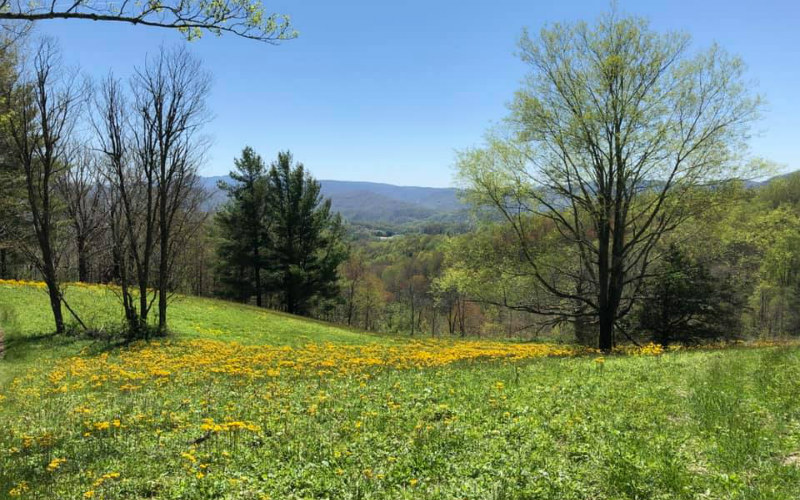
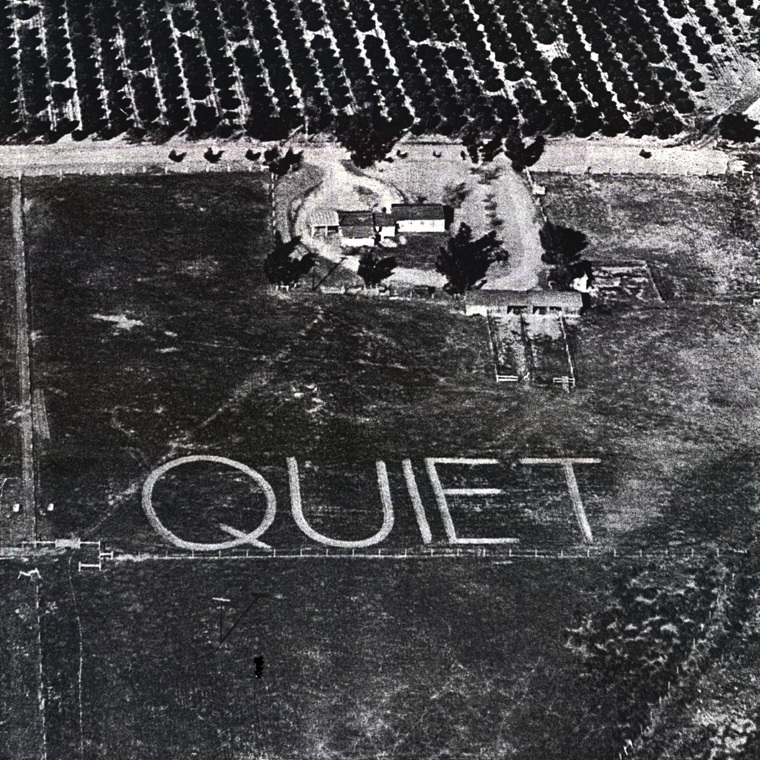


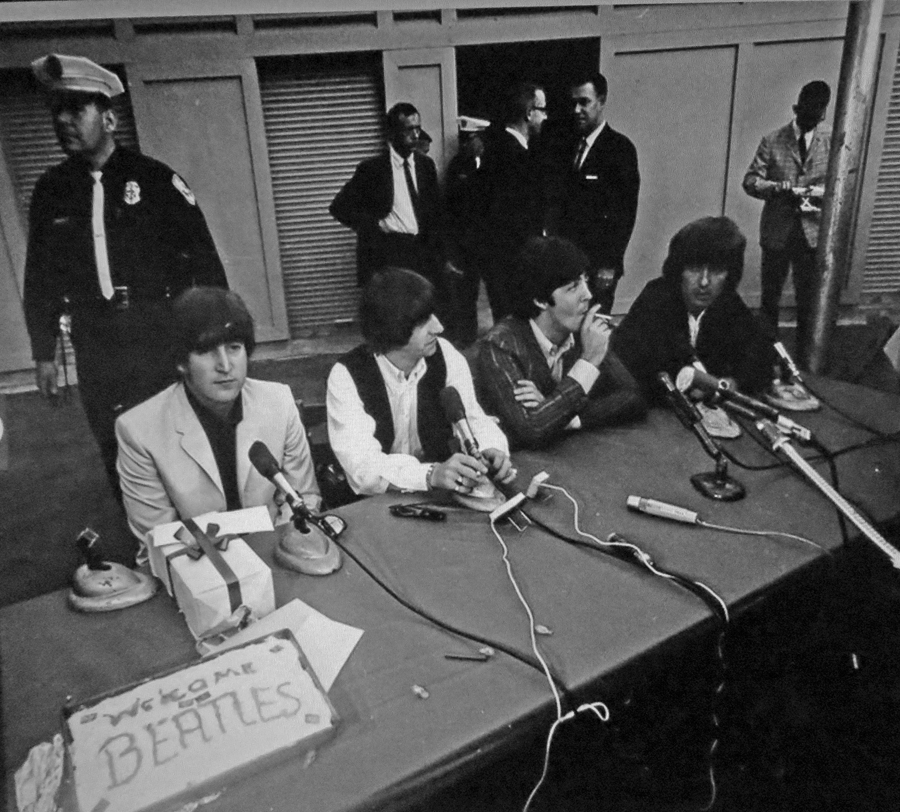





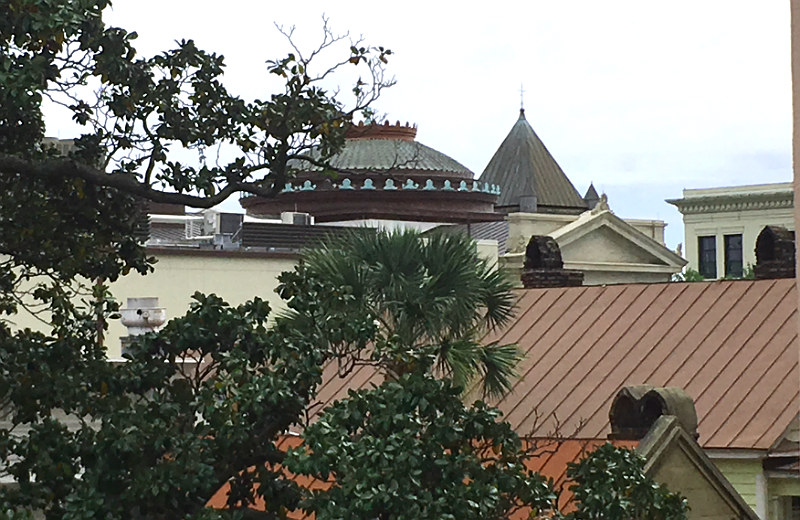
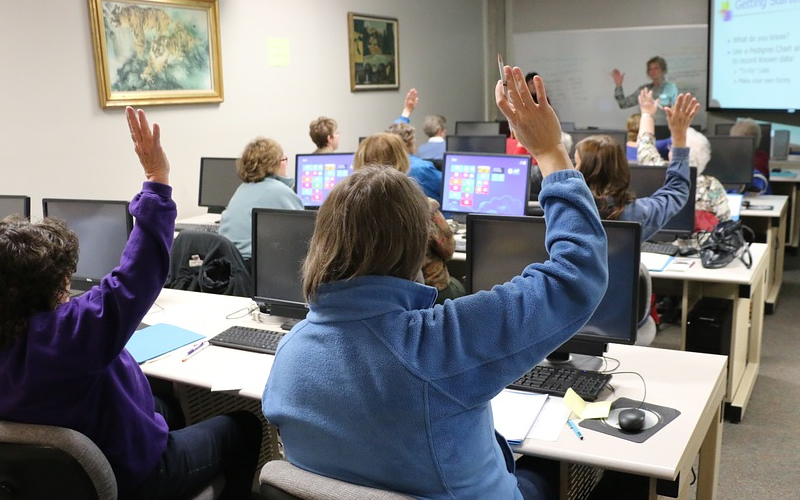

 We Can Do Better, South Carolina!
We Can Do Better, South Carolina!
























